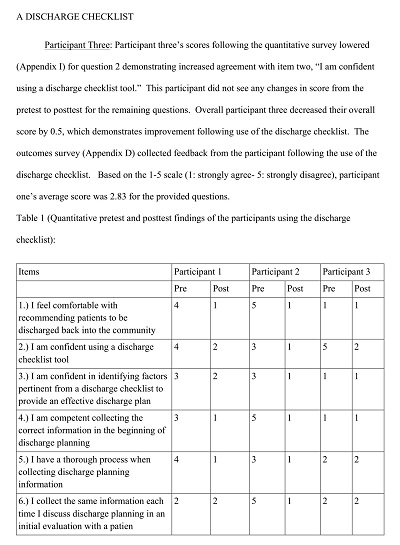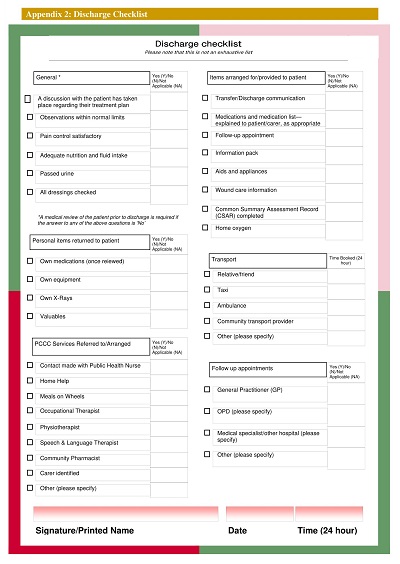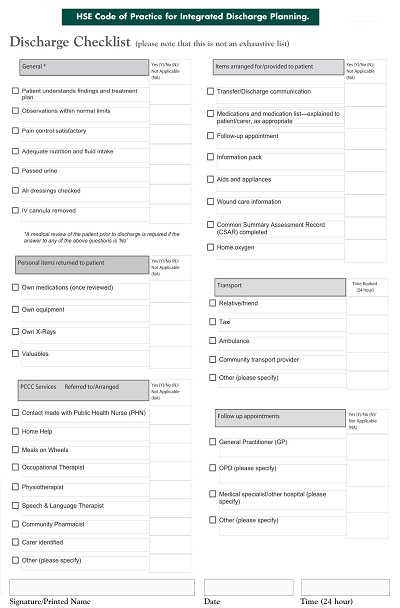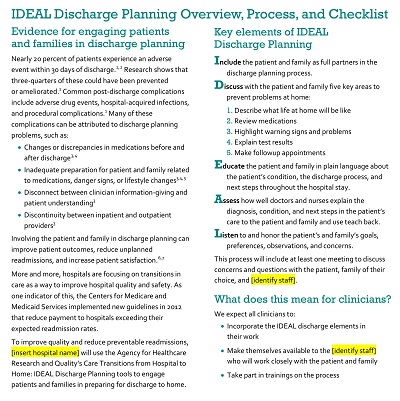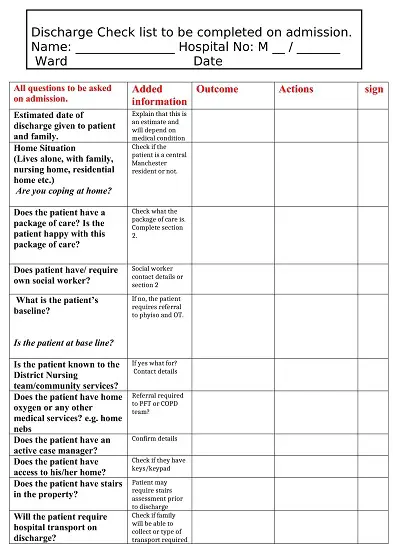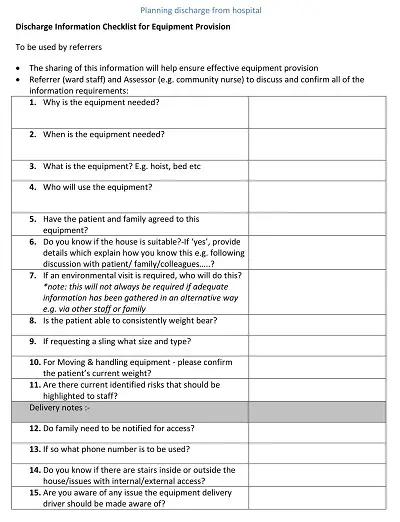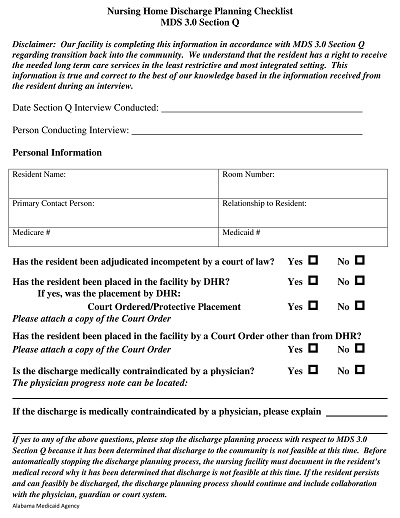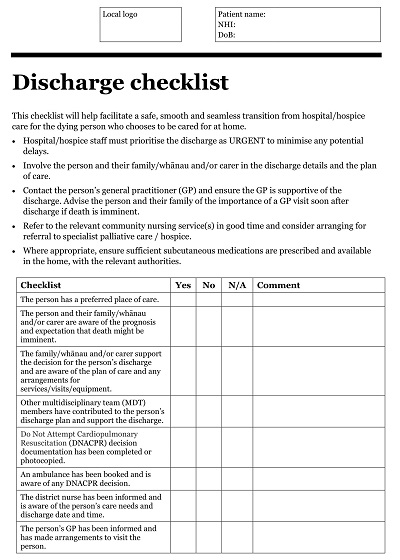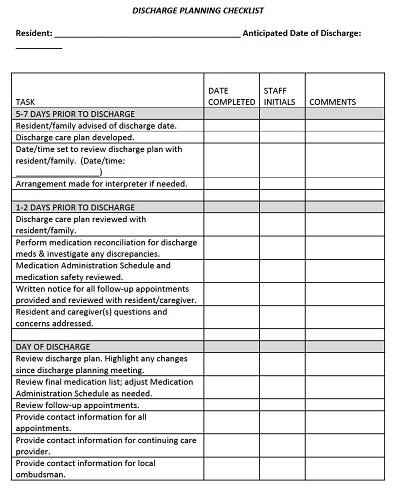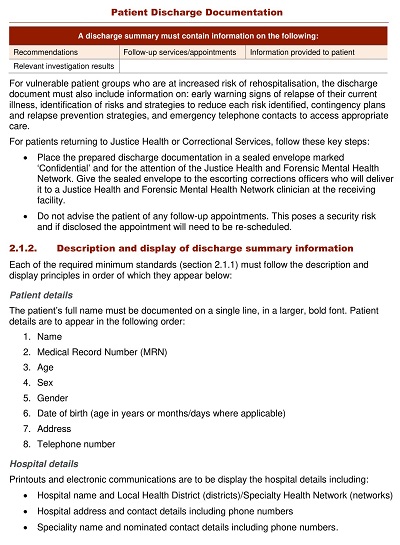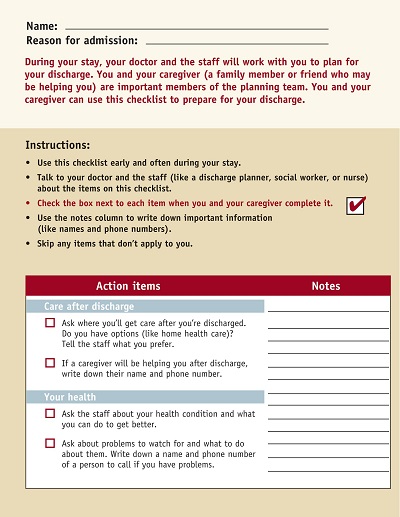17+ Free Nursing Hospital Discharge Checklist Templates (PDF)
A nursing hospital discharge checklist template is an important tool used by nurses when discharging patients from a hospital. It includes all the necessary steps to ensure that everything has been completed and the patient’s transition to recovery goes as smoothly as possible. This template helps nurses check off each of the items they need to do before releasing the patient according to best practices, such as obtaining a summary of doctor’s orders, documenting medications and treatment plans, fulfilling safety check requirements, and making sure that any follow-up appointments have been scheduled.
Table of Contents
It also guides how to communicate with family members and caregivers during the transition period so that everyone is on the same page regarding care instructions, expectations, and obstacles. The discharge checklist template creates a streamlined process for nurses that eliminates unnecessary time spent on administrative tasks and prevents things from being overlooked or forgotten.
Download Free Nursing Hospital Discharge Checklist Templates
Importance of Nursing Hospital Discharge Checklist
With the ever-changing landscape of today’s medical industry, nurses and hospital administrators need to have a clear and efficient hospital discharge workflow. A nursing hospital discharge checklist is a critical tool in ensuring not only the safe departure of patients from their stay in the health care setting but also a smooth transition back into their day-to-day lives.
This checklist tracks vital patient information such as medications, follow-up appointments, and treatments that had been prescribed during the time of discharge. It also serves as an effective communication tool between healthcare providers, allowing them to properly hand off care needs to each other while keeping care continuity in mind. In short, nursing hospital discharge checklists are invaluable to help ensure both patient safety and high-quality care standards.
Key Components of Nursing Hospital Discharge Checklist
Discharging patients from a hospital requires an organized and thoughtful process. To ensure both patient and provider satisfaction with hospital discharge, nurses should understand and adhere to the key components of the nursing hospital discharge checklist. These components generally include pre-discharge assessment, medication reconciliation, patient education, family caregivers’ understanding of the plan of care, and future follow-up care arrangements.
Furthermore, the nurse is responsible for assessing if the patient is satisfied with their transition to outpatient or alternative levels of care including home health or post-acute care services. By adhering to these components, quality care can be maintained for each discharged patient before transferring them from inpatient to outpatient settings.
Patient Education and Follow-up Care Checklist
It is important for patients to fully understand their condition and the prescribed treatment to achieve the best possible outcomes. To help with this, a patient education and follow-up care checklist can be incredibly useful. Not only does it provide valuable information about the particular diagnosis being treated, but it also helps ensure that all steps of the treatment plan are completed.
It also acts as a tool for creating an open dialogue between patients and healthcare professionals, which can lead to an increased level of confidence when tackling both current and future health issues. All in all, patient education and follow-up care checklist are essential parts of achieving successful medical treatment results.
Creating a Nursing Hospital Discharge Checklist Template
Creating a nursing hospital discharge checklist template begins with understanding the basics of the process. It is important to know what information you need to include in your template and what items should be checked off before the patient’s discharge. A few key items that should always be included in your template are:
- Medication instructions (including dosage, name, etc.)
- Follow-up appointment information (date, time, location)
- Any additional care or treatments needed before discharge (such as physical therapy)
- Instructions for care at home such as wound care, activity restrictions, etc.
- Contact information for any follow-up questions or concerns regarding the patient’s condition or treatments.
Once you have identified all of the necessary items, you can use an online template builder such as Microsoft Excel or Google Sheets to quickly create your customized checklist template. This will help make sure all relevant information is included and easily accessible when needed.

